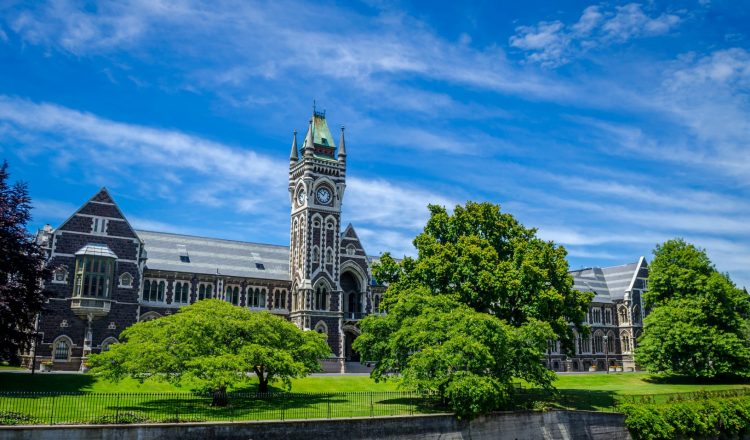教育到達度国家証明(NCEA)について
ニュージーランドのNCEA(National Certificate of Educational Achievement)は、高等学校の生徒を対象とした国家資格です。
NCEAは、すべての学習分野であらゆる能力の学生を試し、個別のスキルや知識に対して単位(credits)や成績を示します。学生は、学校の伝統的なカリキュラム分野と代替プログラムの両方から単位を取得することができます。
NCEAやその他の国家資格は、雇用主に認められており、大学やポリテクニックでの選考の基準として使用されています。また、NCEAは海外の大学などでも受け入れられています。
NCEA のしくみ:
- 毎年、学生はいくつかのコースや科目を学びます。
- 各科目では、スキルや知識がいくつかの「基準」に照らして評価されます。例えば、数学の基準は次のようになります。問題解決のために数値的な推論を行うことができる。
- 学校は、生徒がこれらの基準をどれだけ満たしているかを測るために、内部および外部のさまざまな評価を行います。
- 学生がある基準を達成すると、いくつかの単位を得ることができます。NCEAの証明書を取得するには、一定の単位を取得する必要があります。
- NCEA証明には、達成した基準の難易度に応じて3つのレベルがあります。一般的には、学校ではYear 11からYear 13の間にレベル1から3までを学習します。
- 各レベルで高い成果を上げた学生は、NCEA with Merit(良)またはNCEA with Excellence(優)を取得します。また、コースでの高い成果も評価されます。
スタンダードとは?
スタンダードとは、Directory of Assessment Standards (DAS)の特定のレベルのことです。それぞれの基準には、その基準を満たすために生徒が知っておくべきことや、達成しなければならないことが記載されています。この基準を満たすことで、国家資格につながる単位を得ることができます。学生は、ユニット・スタンダードとアチーブメント・スタンダードの2種類のスタンダードを達成することができます。
- ユニット・スタンダードは能力ベース
- アチーブメント・スタンダードはニュージーランドのカリキュラムベース
いくつかの基準は、年間を通して教師が学内で評価を行います。その他の基準は、年度末にNZQAによって外部評価されます。例えば、試験や作品のポートフォリオによって評価されます。
内部査定は、スピーチ、研究プロジェクト、パフォーマンスなど、試験では問われないスキルや知識を評価するために行われます。
外部査定のほとんどは、年度末の試験によるものです。テクノロジーやビジュアルアートなどの一部の科目では、年度末に生徒が作品のポートフォリオを提出します。
NCEAのレベルとは
NCEAの資格には、達成した基準の難易度に応じて3つのレベルがあります。各レベルにおいて、学生は一定の単位を取得することでNCEAサーティフィケート(修了証明書)を得ることができます。単位は1年以上かけて取得することができます。
1つのレベルで取得した単位は、複数の証明書に使用(またはカウント)することができます。また、他の資格取得のために使用することもできます。例えば、「ジェネリック・コンピューティング」という分野のユニット・スタンダードは、レベル2のNCEAサーティフィケートにも、ナショナル・サーティフィケート・イン・コンピューティング(レベル2)にも使用することができますし、レベル1で取得した20単位はレベル2のNCEAサーティフィケートにも使用することができます。
多くの学校では、生徒の能力に応じて、さまざまなレベルの基準を組み合わせて学習することができます。例えば、Year12では、ほとんどの科目をレベル2で学びながら、レベル1で新しい科目を追加し、レベル3で上級の科目を追加することができます。さらに、学生は複数のレベルで評価される基準を持つマルチレベルのコースを学ぶことができます。例えば、Year 11の英語コースにはレベル1とレベル2の両方の基準が含まれてます。
エンドースメント(Endorsements)とは?
学生が一貫して「Achieved」レベル以上の成績を収めた場合、その高い達成度を反映して、結果が「エンドースメント(保証、裏書きとも)」されます。これは、サーティフィケートまたは個々のコースレベルのいずれかで発生します。

















































